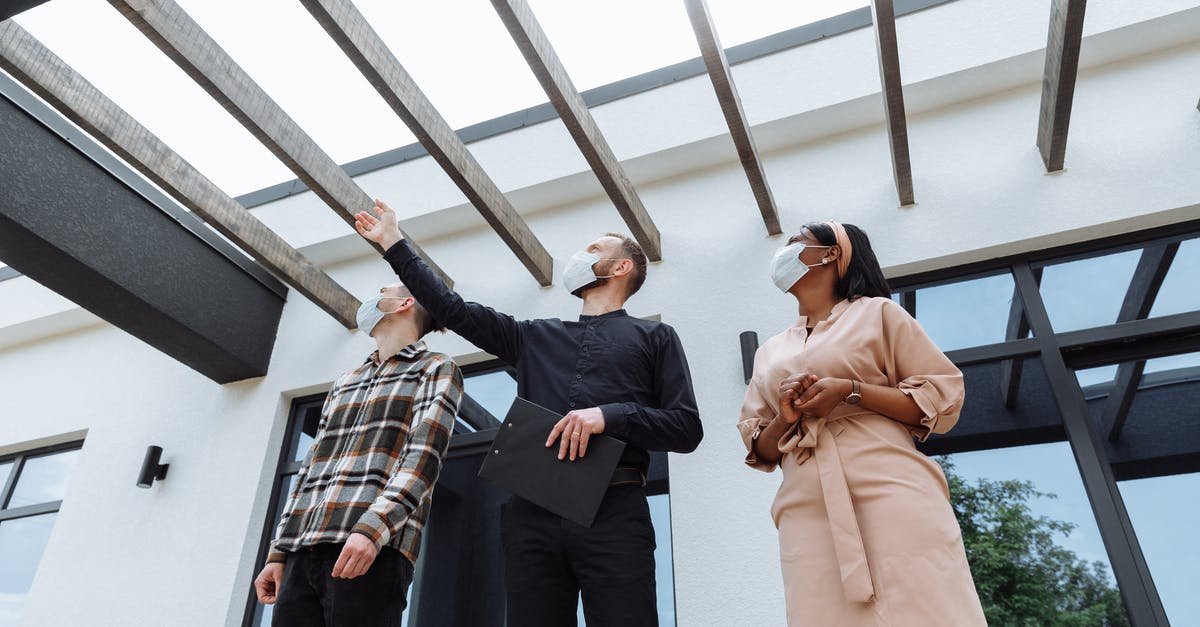Pizza browning agent substituting proportion

I've been learning how to make pizzas.
In the book I follow, for home ovens at 500 F, one needs to add a browning agent in pizzas to bake the pizza well. In 453 grams of flour, he uses 9gm of diastatic malt. Sugar and honey are 2 other alternatives we can use instead of malt. I used 9gm of honey for my pizza dough. It didn't seem to brown at all. My first question is "What proportions of sugar and honey should I use instead of 9gm of malt and why?"
I used coarse whole wheat dough without browning agent and didn't use sufficient water (mostly?!) in my 1st iteration which didn't bake well at all. 2nd time, I used something called maida (all purpose flour) with a browning agent which was better.
I'm following Pizza Bible by Tony Gemignani. He tells to use browning agent so I'll go with it.
- 4.5g active dry yeast,
- 9g pink salt,
- 70g water to activate yeast first and
- extra 225g ice water to make the dough
- 5g oil
- Cold fermentation (in fridge), 1 day bulk+ 1 day after cutting dough into balls.
Best Answer
I don't know exactly how much honey or sugar you should use. I make pizzas all the time and get sufficient browning to my taste, without adding any "browning agents." However, different recipes may react differently, and you may prefer a dough that browns faster or darker than mine.
In any case, you'll need a lot more honey or sugar to replace the diastatic malt by weight. Diastatic malt means that it has active enzymes which break down some of the starch in flour and thereby release natural sugars in the dough. Those sugars help to feed the yeast (and thus tend to cause a greater rise), but also will aid in surface browning reactions.
If you substitute diastatic malt with sugar itself, you're not trying to replace the malt powder or malt syrup -- you need to replace the sugars that the enzymes would have released into the dough. Thus, there's no possible proportion to give you: the amount of sugar released by using diastatic malt will vary depending on fermentation conditions, type of flour, and probably other factors. Again, I don't really know how to give you an exact amount of sugar/honey to use -- there are all sorts of recipes for pizza with greatly varying amounts of sugars in them. You might start by adding a tablespoon or so of sugar/honey to your dough and see what happens. (Definitely try more than 9 grams.) Adjust up or down until you get the effect you like the best. (Adding sugar to pizza dough won't just affect browning: it will alter texture and flavor too, so it's best to experiment. And note that some of the sugar will also be digested by the yeast in long fermentations, so you may need to make further adjustments depending on your procedure.)
Additionally, you might find that longer fermentation will allow natural enzymes in the dough to break down some of the sugars too and promote browning. There's a limit to this process, and you already mention a day-long fermentation in the fridge. But fermenting for 2-3 days in the fridge and/or allowing a little more time at room temperature when the dough is "warming up" for fermentation may allow the enzymes to simulate a bit of your diastatic malt effects.
Pictures about "Pizza browning agent substituting proportion"



How do you make pizza Browning?
Your pizza might not be browning because the oven temperature isn't high enough. Heat your oven to 500 degrees Fahrenheit to quickly cook and brown it. Pizza dough needs to be slightly chewy to support a bevy of toppings. Cook it at a more moderate temperature and it stays soft -- and may not brown adequately.Can I substitute brown sugar for white sugar in pizza dough?
Raw cane sugar and brown sugar add a little more flavor and color. They also contain trace minerals not found in refined white sugar. Cane syrup and molasses add even more flavor, color, and trace minerals. Whether it's appropriate for your dough is up to you.What is the raising agent for the pizza base?
Yeast is an essential ingredient in pizza dough. It's the only leavening agent. The workhorse of the formula, the organisms work on a microscopic level to ferment the starches in the flour into carbon dioxide. The result is a light and airy crust, plus some delicious chew due to gluten development.How much yeast do I need for 2 pizzas?
Among the most important of these ingredients is yeast \u2013 but how much yeast should actually you put in a pizza dough? In general, you should use 1/4 teaspoon of active dry yeast per 500 grams of pizza dough (roughly 2 standard sized pizza dough balls) for an overnight rise.SURPRISE! LIVE PIZZA NAPOLETANA MASTER-CLASS
Sources: Stack Exchange - This article follows the attribution requirements of Stack Exchange and is licensed under CC BY-SA 3.0.
Images: Mikhail Nilov, MART PRODUCTION, Anna Shvets, Thirdman
